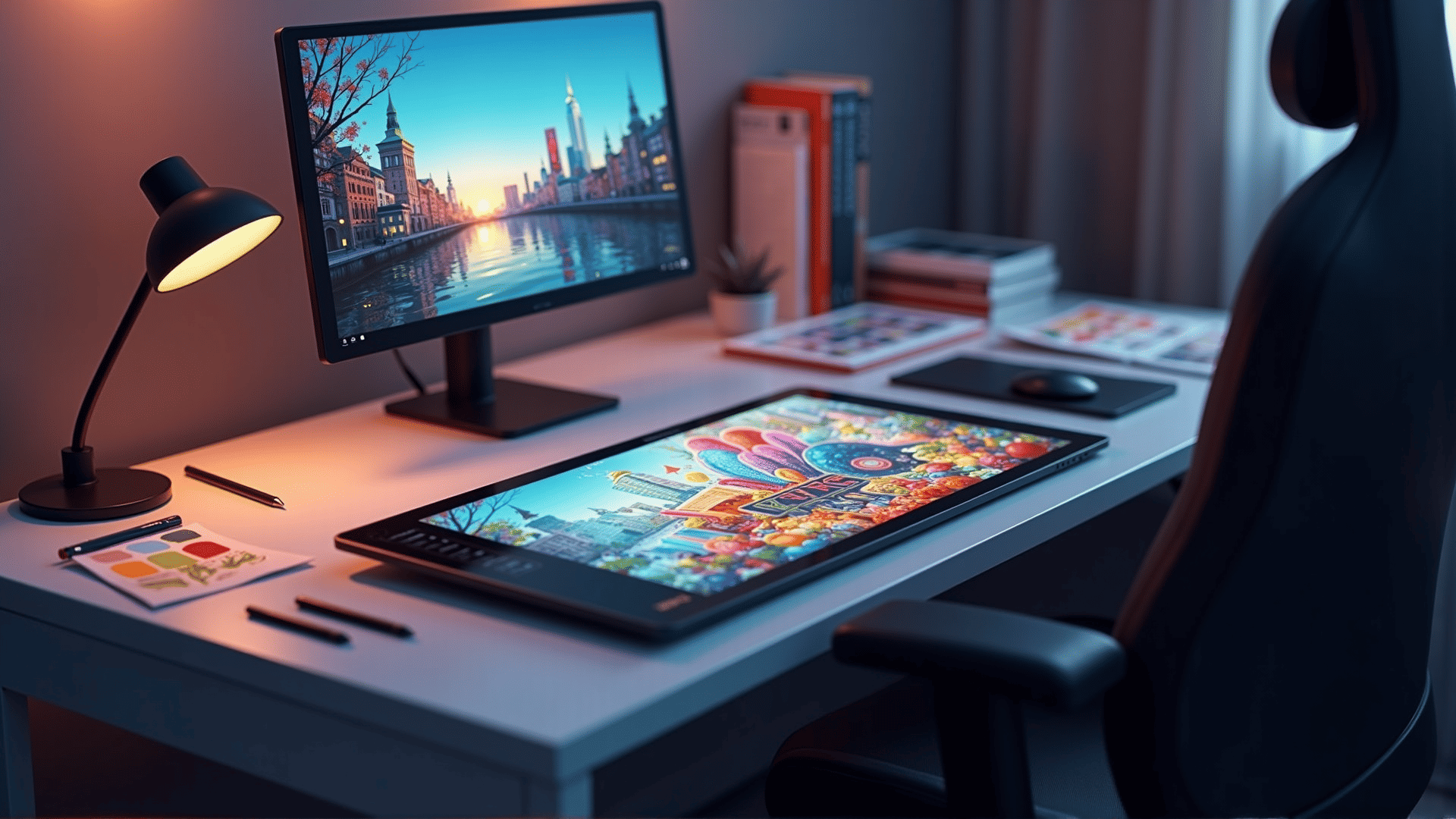In today's rapidly evolving digital world, mastering the art of digital illustration has become more than just a skill—it's a means of exploring boundless creativity and telling powerful visual stories. As traditional mediums continue to merge with technological advancements, the realm of digital illustration offers an expansive canvas for artists to express their vision in innovative ways.
One of the key advantages of digital illustration is the accessibility of tools. Programs like Adobe Illustrator, Corel Painter, and Procreate provide artists with an array of brushes, textures, and effects that were once exclusive to physical mediums. These tools allow for seamless experimentation without the fear of making irreversible mistakes, as the digital platform enables easy undo options and layers to manage complex compositions.
The adaptability and versatility of digital illustration cannot be overstated. Artists can effortlessly switch between different styles, such as vector-based graphics for striking, scalable images, or raster graphics for intricate, detailed pieces. This versatility is enhanced through the integration of tablets and styluses, which closely mimic the tactile experience of drawing on paper, yet offer the precision needed for detailed digital work.
Color manipulation is another area where digital illustration shines. Artists have the freedom to explore a broader spectrum of colors and adjust them with precision, creating dynamic contrasts or subtle gradients with ease. The ability to utilize limitless color palettes encourages artists to break traditional boundaries and redefine visual aesthetics.
Collaborative projects have also benefited greatly from digital illustration. Cloud-based platforms and shared digital workspaces enable artists from various corners of the globe to collaborate in real time, fostering a vibrant exchange of ideas and creating artwork that reflects a fusion of diverse cultural perspectives.
Moreover, the digital medium is inherently intertwined with new forms of media such as animation and interactive design. By venturing into these interconnected fields, illustrators can breathe life into their creations, adding depth and movement that engage audiences on multiple sensory levels.
Educational opportunities have flourished with the advent of digital illustration. Online courses, tutorials, and communities provide aspiring illustrators with unprecedented access to resources and mentorship. This democratization of knowledge empowers individuals to develop their skills from the comfort of their own space, allowing them to learn at their own pace and connect with like-minded creatives.
As the digital art world continues to expand, the role of digital illustration in storytelling remains crucial. From evocative book covers to immersive game designs, the ability to convey narrative through dynamic visuals is vital. As artists harness these digital tools, they open new pathways for emotional resonance and connection, bridging the gap between imagination and reality.
In conclusion, digital illustration is a thriving field that offers endless possibilities for creative expression. By embracing the technology and tools available today, artists are not only enhancing their craft but also redefining the way stories are told in our modern, visually driven society. Whether you're a seasoned artist or a newcomer eager to explore, the digital canvas awaits your unique vision.
